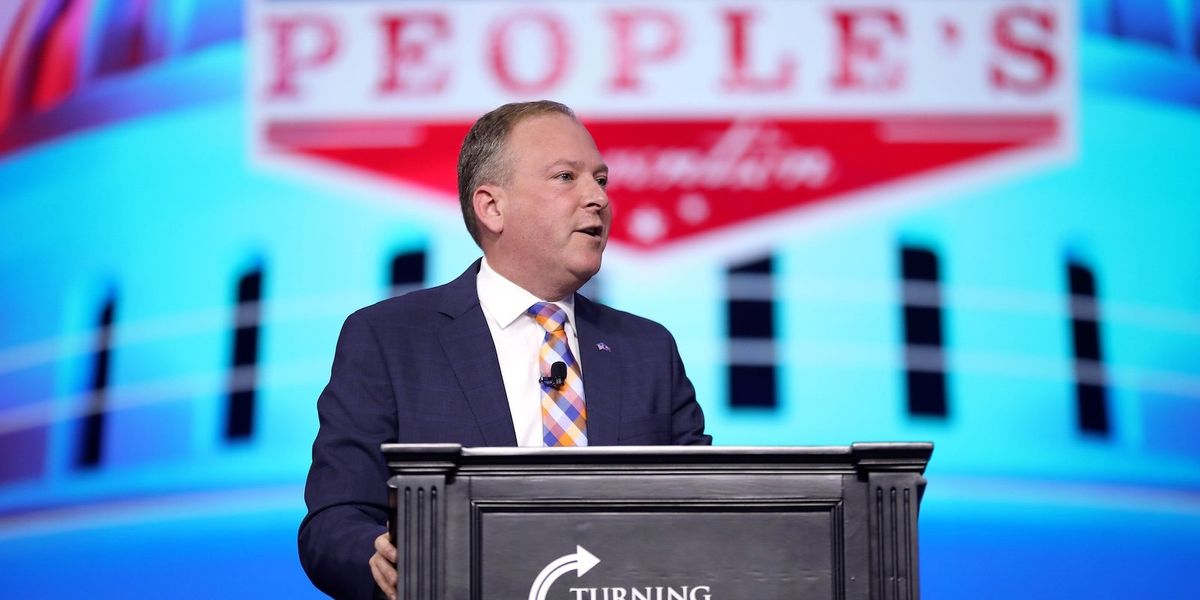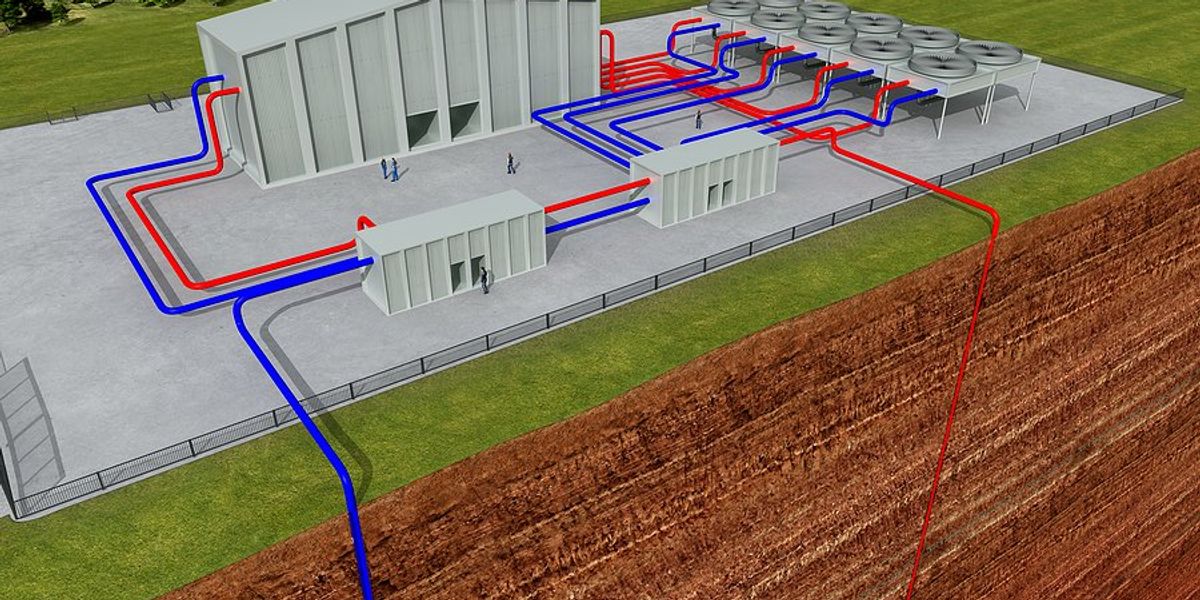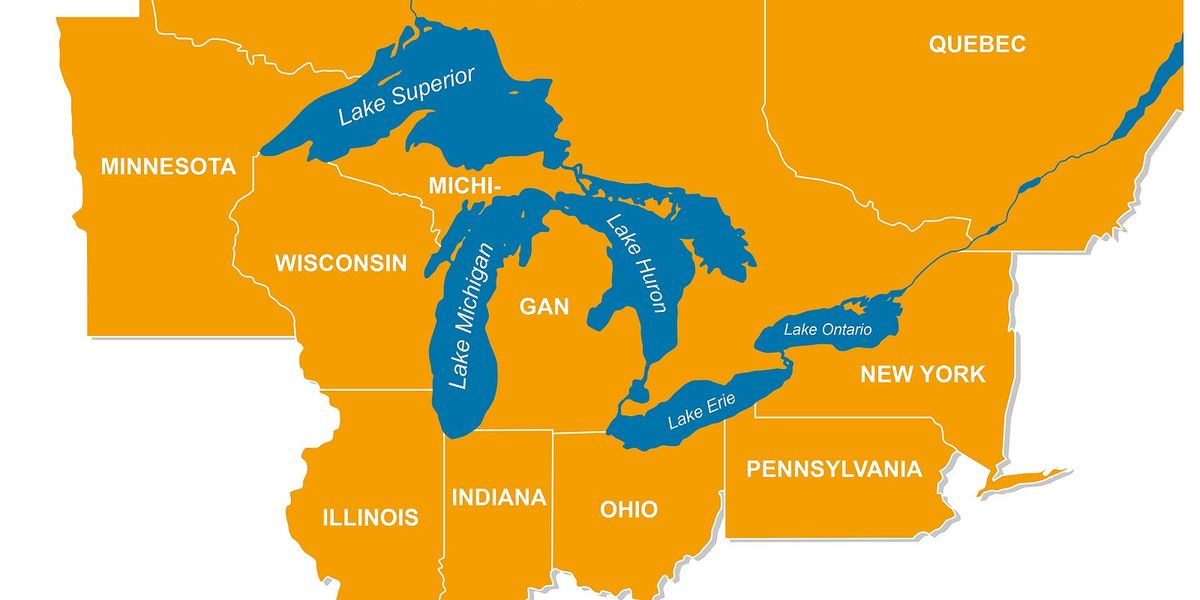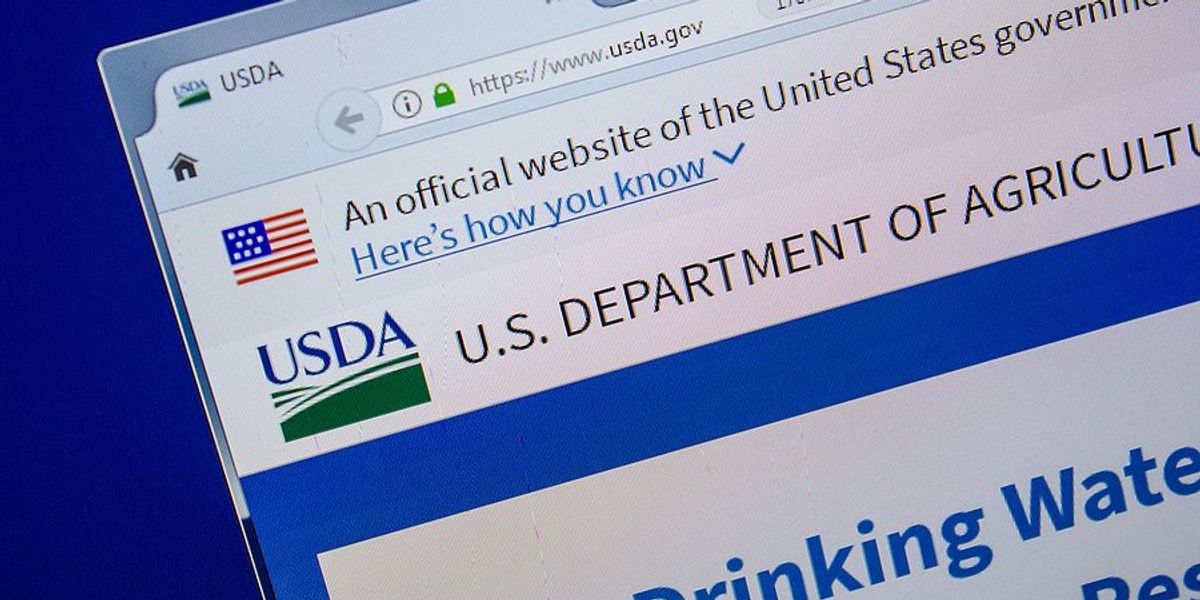
Trump’s climate rule repeal sets stage for fossil fuel revival and threatens renewable growth
President Trump’s plan to revoke a U.S. Environmental Protection Agency rule on power plant emissions could extend the life of coal, encourage new gas development, and undercut renewable energy expansion amid rising electricity demand.
Jean Chemnick and Benjamin Storrow report for E&E News.
In short:
- The EPA aims to repeal a rule requiring carbon capture for new gas and existing coal plants, potentially increasing carbon emissions by prolonging coal operations and easing gas development.
- Surging power needs, driven by artificial intelligence data centers, are pressuring utilities to turn to fossil fuels, even as most tech companies prefer cleaner energy.
- The rollback could slow the buildout of renewables significantly more than it boosts coal or gas, with projections showing 108 GW less renewable capacity by 2039 without the regulation.
Key quote:
“Rescinding the greenhouse gas rule is likely to significantly increase CO2 emissions by shifting generation away from gas and renewables, while increasing generation from existing coal units.”
— Martin Ross, director of electricity modeling at Duke University’s Nicholas Institute for Energy, Environment & Sustainability
Why this matters:
Trump’s effort to roll back the EPA's power plant rule arrives just as electricity demand is surging, driven in part by data centers needed for AI. Without regulatory guardrails, aging coal plants could remain online for decades, and new gas plants could proliferate without emissions limits. Meanwhile, the move threatens the momentum of renewable energy, which had been gaining ground due to falling costs and dwindling federal subsidies. Analysts say that without the rule, carbon emissions from the power sector could jump nearly 50% by 2040. The repeal may also weaken investor confidence in clean energy just as grid planners scramble to keep up with power-hungry industries.
Read more: Trump White House tells agencies to ignore climate costs when writing rules













